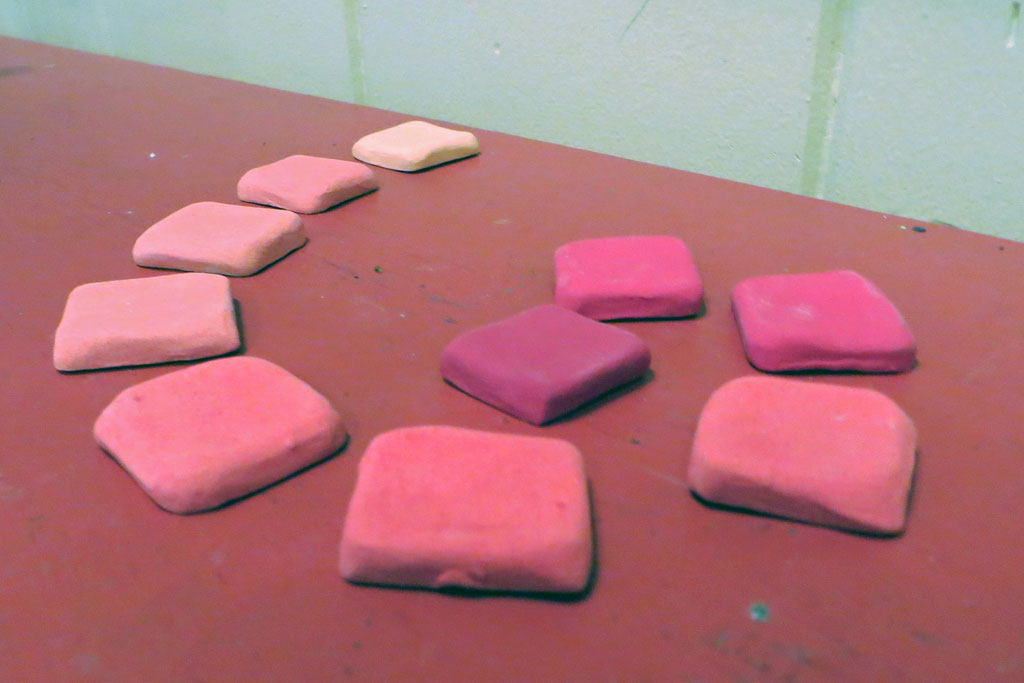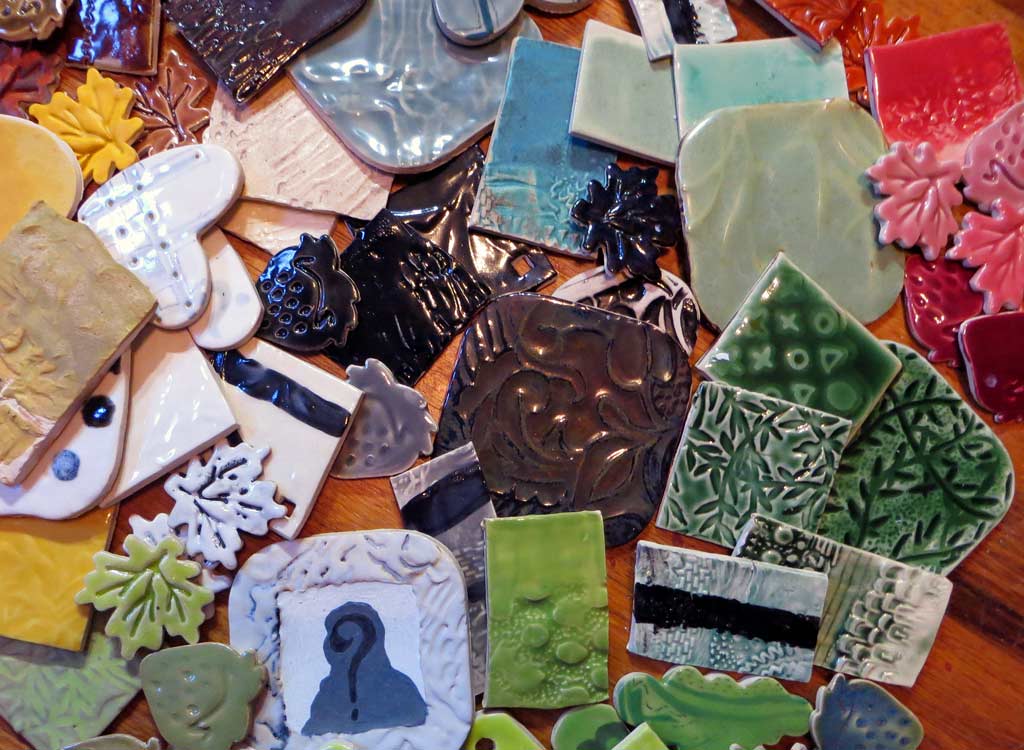
Clay work as I experience it is unforgivingly slow-going. Asking clay to do the wrong things at the wrong state of wetness doesn’t yield desired results. Rushing claywares to dry invites problems the whole rest of the way. Bumping a bone dry piece can see it revert to dusty chunks. Not wiping bisqueware off before glazing it is just asking for glaze burbles. We won’t even speak of all the ways an inattentive firing can ruin entire loads of works, regardless of whether they were circumspectly made and decorated or not. I say clay taught me patience. Now I wonder if I learned that lesson a little too well. I’m certain that I make clay work even slower in at least ten ways. Let’s count them out.
